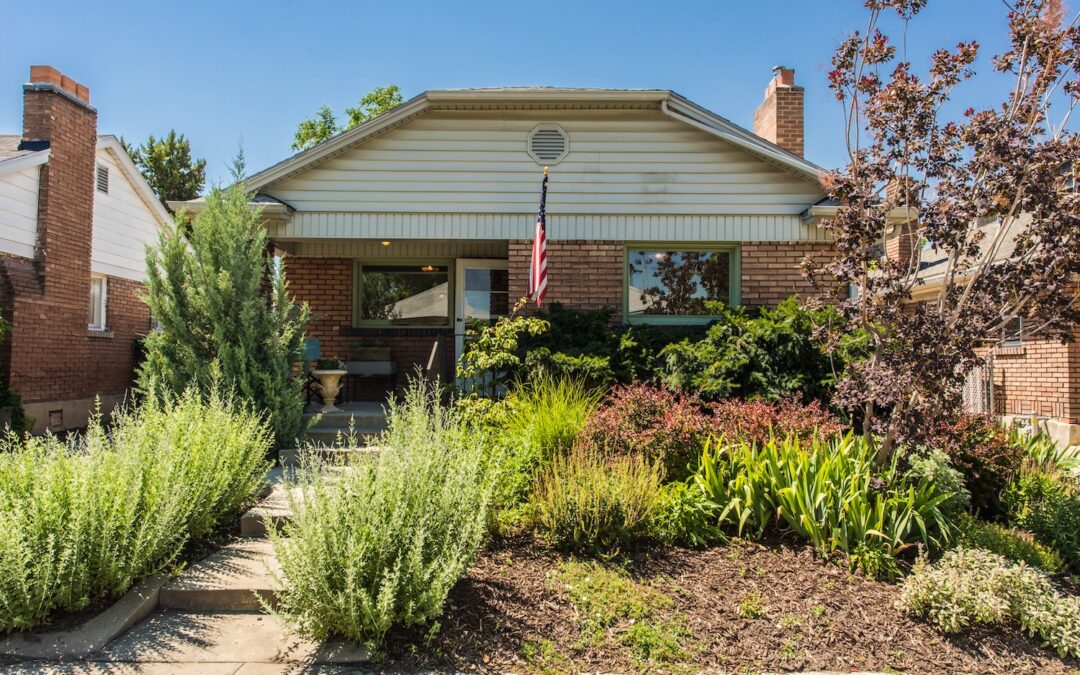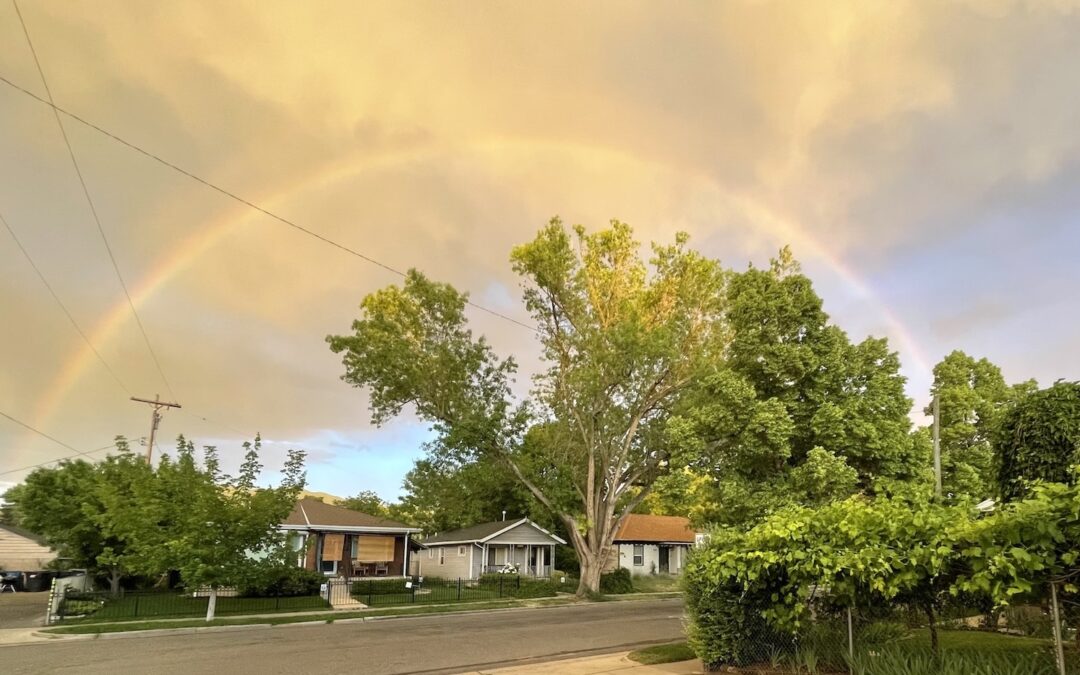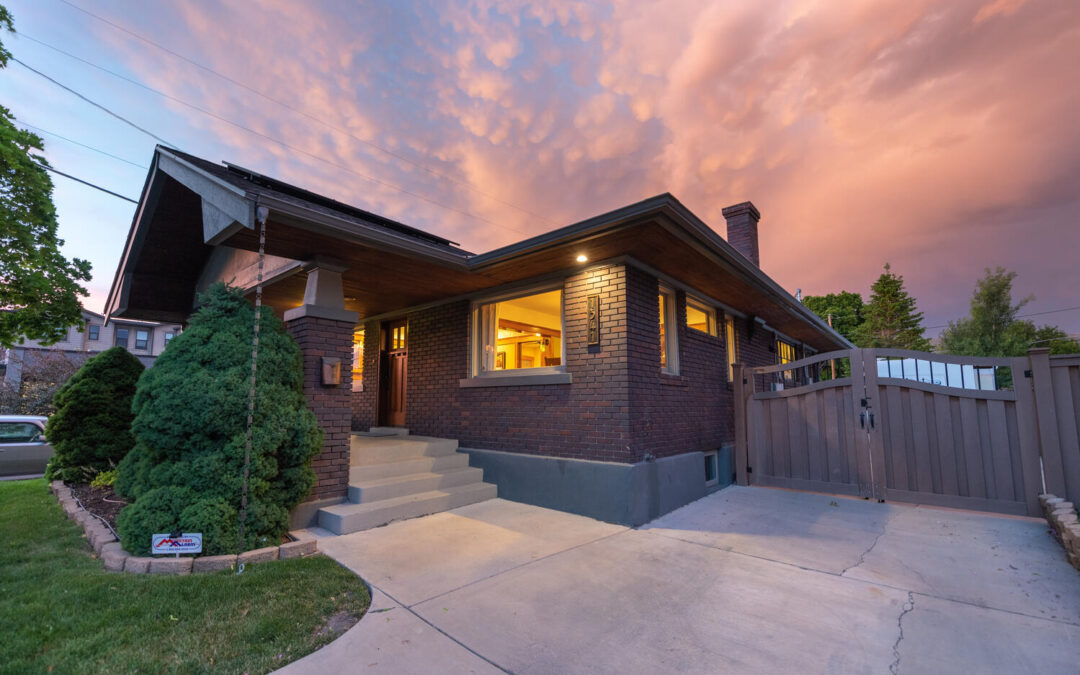In January 1991, I bought my first home. It was a Graystone two-flat duplex on the north side of Chicago. I put 10% down on a 30-year fixed rate mortgage, at an interest rate of 9.5%. That was a little more than twenty-seven years ago, and interest rates haven’t been that high since, but for twelve years, from November 1978 to November 1990, the 30-year mortgage rate ranged from a low of 9.0%, to a high of 18.6%, due to high inflation.
The chart below shows the history of the 30-Year mortgage rate from 1971 to 2018. The gray bands are recessions. You’ll notice that rates drop during and after a recession.
(Source: Freddie Mac)

We’ve been in a range of historically low interest rates for the last eight years. The average 30-year fixed rate mortgage dropped below 5.0% back in May 2010, and then dropped below 4.5% in August 2011, and has been in the range of 3.3% to 4.5% since then.
Since late September 2017, the 30-year mortgage rate has been consistently increasing. On September 14, 2017, the average 30-year mortgage rate, according to Freddie Mac, was 3.78%. Since then it has risen 0.67% to an average of 4.45% on March 22, 2018. That increase, on a $300,000 mortgage, increases the monthly payment by $117 per month.
The table below shows the cost for principle and interest on a 30-year mortgage in increments of $100,000, without mortgage insurance, property taxes or home owner’s insurance.
$100,000 $200,000 $300,000 $400,000 $500,000
3.5%: $449 $898 $1,347 $1,796 $2,245
4.0%: $477 $955 $1,432 $1,910 $2,387
4.5%: $506 $1,013 $1,520 $2,027 $2,533
5.0%: $536 $1,074 $1,610 $2,147 $2,684
5.5%: $567 $1,135 $1,703 $2,271 $2,838
6.0%: $599 $1,199 $1,799 $2,398 $2,998
7.0%: $665 $1,331 $1,996 $2,661 $3,327
8.0%: $733 $1,468 $2,201 $2,935 $3,669
Federal Reserve Raises Federal Funds rate last Wednesday:
Last Wednesday, the Federal Reserve (Fed) raised it’s bench mark interest rate 0.25%, to a range of 1.50% to 1.75%, the highest it’s been since October 2008. The Federal Funds rate, now 1.75%, is the rate that the the Fed recommends for short term overnight loans between lending institutions, to maintain their minimum required reserves. This rate has a ripple effect on mortgage rates, and is just one of several factors that cause interest rates to rise and fall. This increase was expected by the financial community and it was just a quarter point, so it’s possible that this increase was already factored into current mortgage rates.
Jerome Powell, the new Federal Reserve Chairman who just replaced Janet Yellen in January of this year, stated that he expects the Fed will raise the bench mark rate two more times in 2018, and three times in 2019. He also said these increases are necessary due to the strong economy, to keep inflation in check.
To put this in perspective, the Federal Funds Rate was at it’s lowest ever, 0.25%, from December 2008 to December 2015, to stimulate the economy. The highest the Federal Funds rate has ever been is 20%, from December 1980 to April 1981, when the 30-year mortgage rate was around 18% and inflation was at 13%.
Inflation is currently at 2%, which happens to be the target that the Federal Reserve aims for in order to maintain stable prices and maximum employment. The last time the Federal Funds Rate was at 5.0% was in 2006 and 2001.
So yes, interest rates are increasing, but 4.5% for a 30-year fixed rate mortgage is still well below the overall historic average for a 30-year mortgage of 8.3%.
If you have any questions about buying or selling real estate in and around Salt Lake County, wonder what your home is worth, or have a friend that needs help buying or selling, please contact me. I’ve been a local Realtor since 1999, and absolutely love what I do, and I can’t do it without you.
Thank you!
Kevin Coyle
Realtor Broker MBA CRS
SLC Homes
M: (801) 243-0699
Kevin@SLCHomeBuyer.com



